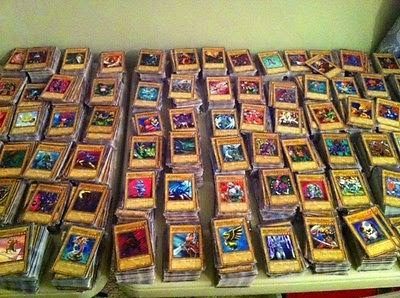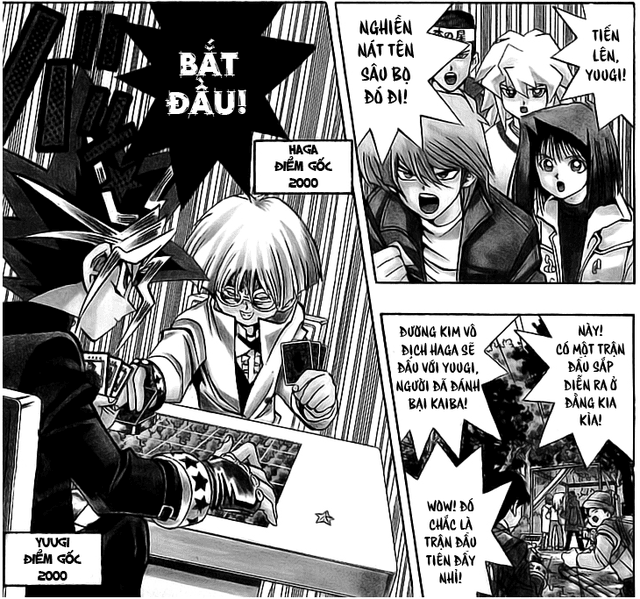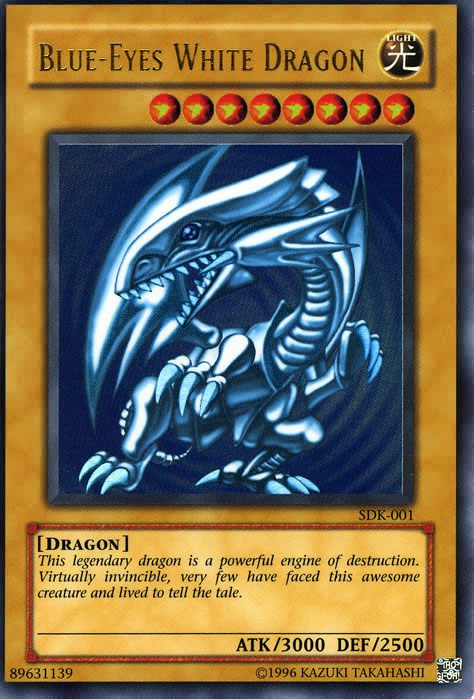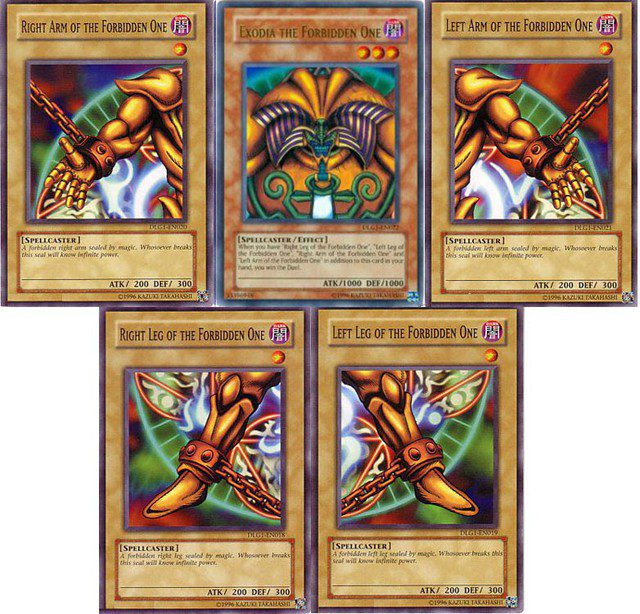When mentioning Yu-Gi-Oh!, it’s hard not to recall the iconic name that has been part of the lives of many from the 80s and 90s generation for nearly 20 years now. Yu-Gi-Oh! not only succeeded in the manga industry but also inspired countless video game adaptations and other merchandise beyond the realm of reality.
Reflecting on those iconic video games, I am often reminded of the nostalgic days when we would gather together, fueled by our love for Yu-Gi-Oh!, searching for ways to create powerful decks or purchasing booster packs from stores to engage in thrilling duels.
Of course, as mentioned earlier, our experiences with playing Yu-Gi-Oh! were quite dramatic, especially during the time frame of 1998-1999 when the series transitioned into the early stages of the card game after our protagonist, Yugi, faced numerous formidable opponents.
I still recall the moment when I understood the game rules clearly; players could summon monsters to the battlefield and attack their opponents directly. The player could enable a monster to deal damage to the opposing player’s life points, making it crucial to strategize the placements of monsters effectively to achieve victory.
At that time, due to our passion and love for this card game, we often had to use a lot of creativity to recreate the images of the cards we loved so much from the manga (which, admittedly, turned out quite poorly). If any store had the right conditions, we would buy packs of beautifully printed cards from nearby shops just to compete with each other.
However, the early duels filled us with excitement as we felt just like Yugi himself. It was exhilarating to hold a rare card, even if it was just a cardboard cutout, and attempt to summon it to the battlefield.
Yet, as we played more, we increasingly recognized that the rules of this magical card game had evolved over time, and it was often a challenge to keep up with the many new variations and strategies that emerged.
The Battle of Blue-Eyes White Dragons.
First and foremost, it’s important to acknowledge that we could summon high-level monsters like Blue-Eyes White Dragon, which could only be done in one turn. In other words, if you summoned a Blue-Eyes White Dragon, you would immediately have that monster on the field. I still recall how I used to strategize to have 40 Blue-Eyes cards, and when I summoned one, it would be a significant advantage.
In the first turn, “The King of Games” could summon up to five Blue-Eyes White Dragons on the field, and every time he drew a card, he would have the chance to summon another Blue-Eyes White Dragon. So how can one play against such a powerful force?
With this in mind, if you ever faced a Blue-Eyes White Dragon, you would have to rely on your own cards to counterattack and hope that you could draw cards that could withstand the might of the Blue-Eyes.
Dragons were fierce, and many players had to set rules to only summon Blue-Eyes White Dragons that were purchased outside of the store or were the special cards printed. The aesthetics were often disregarded; however, generally speaking, the cards were always Blue-Eyes White Dragons.
These rules later became standard in games, allowing players to summon high-level monsters, sacrificing their low-level monsters on the field to do so. Essentially, if there was a powerful monster like Blue-Eyes White Dragon on the field, you had to sacrifice several other monsters to keep it alive. It was indeed a stroke of luck to have the opportunity to do so.
The Rise of the Strong Monsters!
After a few days passed, players began to realize a new trend emerging in the game, focusing on the high-level monsters in the original manga versions. It became clear that players could only deal damage to the opponent’s life points if the monster they controlled was allowed to attack and if their monster could withstand the powerful monsters.
If that was the case… what would happen when the opponent summoned a high-level monster that had the ability to attack directly? You would think that you could avoid being attacked, but if the opponent had a strong enough monster, you’d be left vulnerable.
In this case, it would be crucial to have a strategy that could counteract the opponent’s high-level monsters, and the game would ultimately come down to who could summon the strongest monsters first.
Moreover, there were even some techniques that allowed for a “stealth” play that could surprise the opponent, as there were always new cards being released. If there were no monsters on the field, how could one deal damage? If there were no monsters, one would have to devise a clever strategy to maintain the upper hand.
When luck was on your side and you managed to summon a powerful monster, the game could shift dramatically in your favor, making it an exhilarating experience.
In the end, the gameplay of Yu-Gi-Oh! has evolved tremendously, and while it remains a game of chance, it also requires skill and strategic planning to emerge victorious. Players continue to enjoy the thrill of dueling, demonstrating the enduring appeal of Yu-Gi-Oh! in the world of trading card games.

























